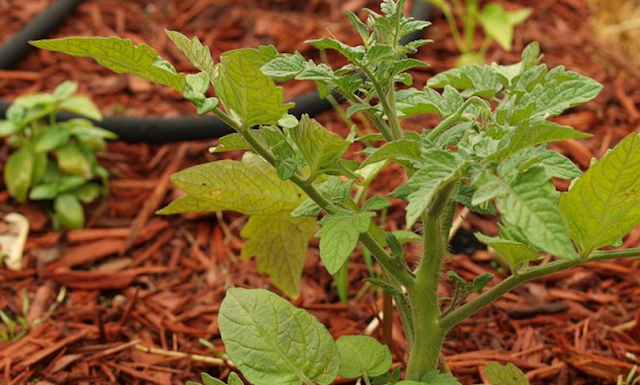How to Plant a Food Garden On Top of Straw Bales
When it comes to growing our own food, especially for those in urban and suburban areas, space can be a major obstacle.
Often, there is simply isn’t enough earth available to get the job done, stopping the garden plans before they begin. However, it doesn’t have to be this way because straw bales are a great space-saving method for cultivating plenty of food without soil.
The benefits of growing gardens in straw bales are many. Not only does it not require soil, but also not having soil means soil-borne diseases are no longer a problem. Weeds, which usually come from dormant seeds exposed in soil, are an issue no more. The bales themselves are composting as the garden grows, providing both nutrients and a favorable temperature for roots. Inexpensive, readily available straw bales can also be arranged to fit into whatever space there is (on the lawn, driveway, or balcony). They can then be harvested from without bending and composted at the end of the season for an added product.
For those of us wanting to garden organically, sourcing the straw can be a small challenge. Most garden centers won’t know where their straw has come from, so finding a source — a farm — from which to directly purchase bales is the best bet. Fall is the best time to get bales because grain harvests are coming in at this time, and, no worries, the bales will be fine to use come springtime.
When the sourcing is done, straw bales can be arranged any way we like on any surface. They work on rooftops, in backyards, and on patios, if need be. They should be placed cut-side up for the straw to better absorb water and positioned so that they are easy to harvest from. If they are on a lawn, it’s a good idea to put them on cardboard boxes or landscaping clothes to prevent weeds from growing up through them.
Once in position, about two weeks before planting, the bales should be conditioned by watering them daily. For the first six days, three cups of organic fertilizer should be added every other day. Then, one and a half cups should be added for the next three days, seven through nine. Finally, three cups, with special attention to phosphorus and potassium (organic banana peels work great for this), should be added on the last day.
http://www.onegreenplanet.org/lifestyle/plant-a-food-garden-on-straw-bales/?utm_source=Green+Monster+Mailing+List&utm_campaign=21fba575a0-NEWSLETTER_EMAIL_CAMPAIGN&utm_medium=email&utm_term=0_bbf62ddf34-21fba575a0-106919241

Комментарии
Отправить комментарий